In the modern lighting design, we are seeing more and more people using trimless light in their projects, and there are many benefits. As home trends change, we are finding more people adapting to the minimalist style and trimless lighting is bang on-trend. This style of lighting can offer you all of the benefits of bog-standard downlights, but without taking away from the design of your home. They seamlessly integrate into your decorative and often are completely unnoticeable – apart from the light output they give.
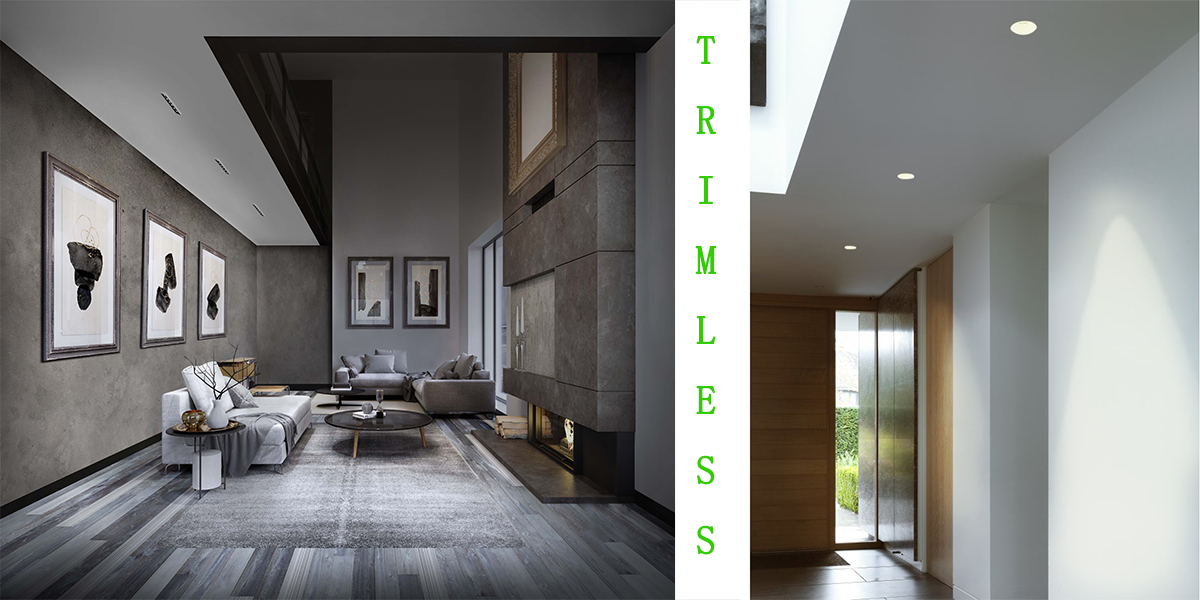
What is trimless light?
A trimless light fitting is a plastered-in fitting, a light fitting that has "no trim" because it is "buried" in the ceiling or wall, shedding light in a seamless way without any round / square edge around it.
Trimless lights are spotlights without a visible outer edge, they integrate seamlessly into the ceiling. Nowadays, many interior designers also use trimless recessed lights to illuminate the room. These spots are very neatly hidden and provide a good source of light.
What is different between of trim and trimless light?
As the Downlight, downlight trims play a crucial role in both the functionality and aesthetics of your lighting design. Understanding the distinctions between two popular trim options – Trim, Trimless– can help you make informed decisions when illuminating your space.
1. Nomal downlight:
Characteristics: Traditional trim is the classic, visible ring or collar that surrounds the recessed downlight. This trim option comes in various styles, including baffle, reflector, or open trims, each contributing to the light's distribution and appearance.
Best Use Cases: Traditional trims are versatile and suitable for a wide range of applications. They work well in residential spaces, commercial settings, and areas where the trim's aesthetic complements the overall design.
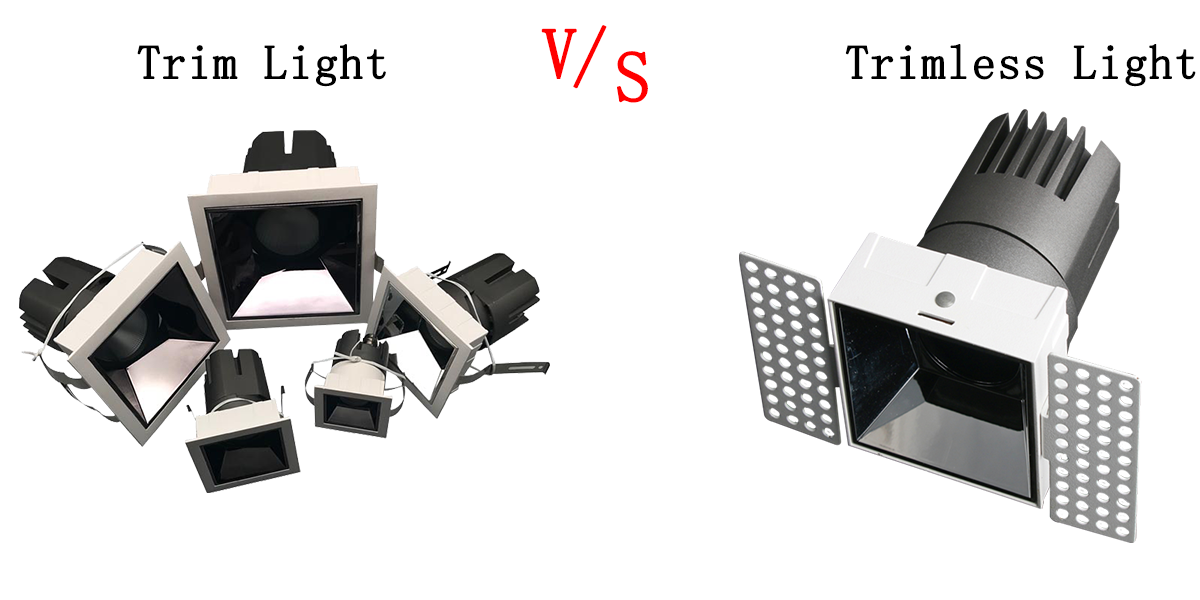
2. Trimless Downlights:
Characteristics: Trimless downlights, as the name suggests, lack the visible trim or collar that is a hallmark of traditional designs. These fixtures are installed flush with the ceiling, creating a seamless and minimalistic appearance.
Best Use Cases: Ideal for modern and minimalist aesthetics, trimless downlights are often favored in contemporary homes, upscale retail environments, or architectural spaces where a clean, unobtrusive look is desired.
Choosing the Right Trim for Your Space:
Consider the aesthetic goals and design preferences of your space when selecting a downlight trim. Standard trims offer versatility and a familiar look, trimless options provide a modern and sleek appearance, while invisible trims take subtlety to the next level.
The choice between trim, trimless, and invisible trim lights ultimately depends on the overall design concept and the desired visual impact. Whether you prefer a classic, visible trim, a trimless look for a clean aesthetic, or an invisible trim for a truly seamless appearance, each option brings its own unique charm to your lighting design.
Trimless recessed downlights installation:
Create a lighting plan for the desired space
Make sure electricity is in the right place
Install trimless spotlights (recessed parts)
Plaster the ceiling
Connect trimless spotlights
After this, the spots are ready to use
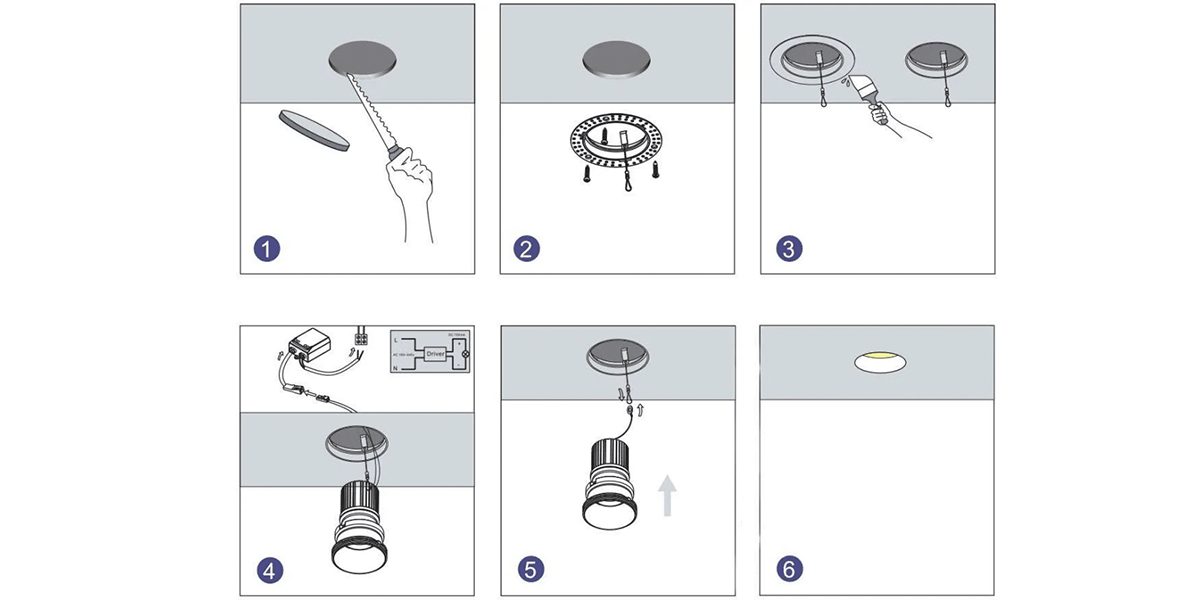
Type of Trimless light:
Several trimless recessed lights have been designed.
--Square trimless recessed lights
--Round trimless recessed ights
--Trimless grille light
--Trimless linear light
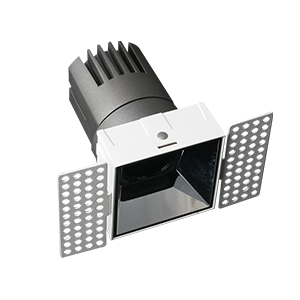 |  | 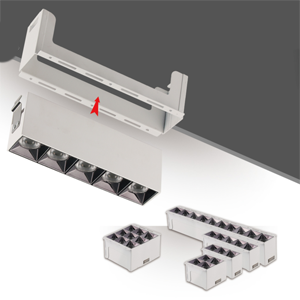 | 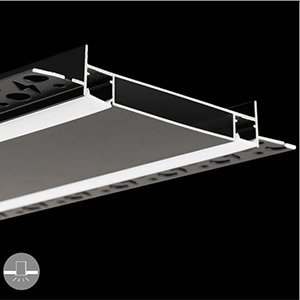 |
Conclusion
No matter what kind of trimless light, a functional solution with character. This recessed trimless light is ideal for spaces where aesthetics play a role. Beautifully concealed in the ceiling without a visible border or frame, this recessed light gives an appearance exquisite and clear.